How to Install A Shower Drain– You Must Know
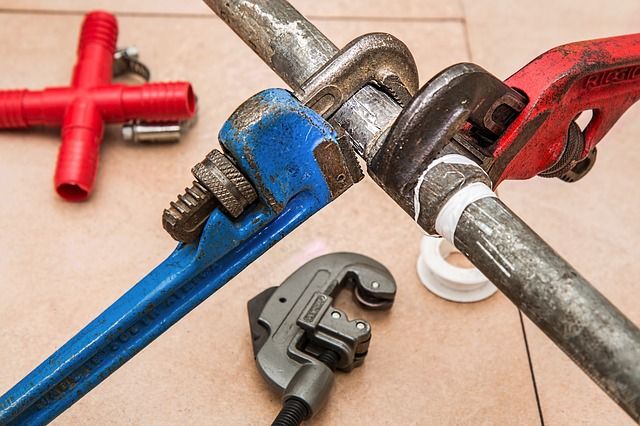
Showers are the go-to choice for everyone’s shower needs. Performed shower drains are leakproof and have a very installation process. Although this might sound like a plumbing project, virtually anyone can do it if they are armed with the knowledge of the correct steps behind the installation process.
Whether you’re replacing an old drain or installing one for the first time, This article tries to list the proper methods behind the installation of a shower drain. If you follow the steps, then the task of installing a shower drain will become much easier.
So let’s get started!
How to Install A Shower Drain
What You’ll Need:
- Shower drain
- Silicone sealant
- Drill
- Tape measure
- Pipe wrench
- Level
Planning the Job
How to install a shower drain on the concrete floor? If you ever asked this question before, then start by planning the execution of this job. The first step is to decide on the schematics of the shower base and order it. You will also need tools to fit the shower drain on the concrete floor and a whole bunch of pipes and fittings. Once you have everything in place, plan how the water pipes will run through your bathroom and where the shower drain will be located.
Remove the Wall
Once you zero in on the location, rip out the tiles or wall and make an opening for the shower drain. Cut completely through the drywall and rip off the bathroom tiles.
Disconnect the Plumbing Lines
When you ripped out the wall and the tiles inside your bathroom, disconnect the plumbing lines, i.e. all the water pipes that run through your bathroom.
Mark the Shower Drain And Cut An Access Slot
Once all the water pipes have been sealed shut, mark out the dimensions of the new shower drain and cut out an access point on the subfloor. This cardboard cutout will help during the installation process. If you were also wondering about how to install a PVC shower drain, then this process should also be repeated for that project as well.
Cut A Path for The Drain
Use a drill machine to cut a path for the drain and the new water pipes for your shower drain. The standard way is to drill 2 inches through the floor for the new line.
Fit the Ventilation Pipes And Seal The Drywall
Once all the cutouts and the drilling works are done, now it is time to fit the shower drain into the wall opening. Use caution while doing this step and follow a step-by-step process to fit all the stuff. First, fit the vents and the water pipes inside the drywall. And then connect them to the new shower drain. After that is done, make sure all the fittings are tightly sealed and cement all of them together. Now it is time to seal the drywall. Use a drill machine to seal and close up the concrete floor.
Sioux Chief Shower Drain Installation
How to install a Sioux Chief shower drain? It is simple to do but requires the execution of a few small crucial steps. At first, use a screwdriver to open the existing shower drain in your bathroom. You have to be gentle about it so that the shower drain opening is not damaged during the execution of this step. Then, apply a silicone sealant to the underside of your new shower drain. Then, gently place the shower drain strainer into the shower pan. Then push the rubber threading into the shower drain opening to prevent friction and help to safeguard the new shower drain.
After the rubber threading is pushed into place, use a screwdriver to screw the shower drain body onto the shower drain opening and double-check to ensure that it is tightened properly. After it is sealed into position, connect the shower drain pipes with running water lines and then turn on the shower drain to see if the water is flowing out properly.
If you were wondering about how to install a plastic shower drain, then it follows almost the same steps as the Sioux Chief shower drain except for the silicone sealant part. As this shower drain is made of plastic and not stainless steel, it does not require any sort of sealant and neither does it require any rubber threading to prevent friction or damage.
FAQs
What are the different types of shower drains?
The most common types of shower drains are linear drains and center drains. Linear drains are installed along one side of the shower, while center drains are installed in the middle of the shower.
What are the most common problems with shower drains?
The most common problems with shower drains are clogs and leaks. Clogs can be caused by hair, soap, and other debris getting caught in the drain. Leaks can occur if the drain is not properly sealed.
How can I prevent my shower drain from getting clogged?
You can prevent your shower drain from getting clogged by using a drain cover and keeping your drain clean. Drain covers will catch hair and other debris before it has a chance to get into the drain. You can keep your drain clean by using a plunger or a snake to remove any clogs that do form.
What should I do if my shower drain does get clogged?
If your shower drain does get clogged, you can try to remove the clog yourself with a plunger or a snake. If you cannot remove the clog, you will need to call a plumber.
How can I install a shower drain myself?
Installing a shower drain is not a difficult task, but it is one that is best left to a professional. If you are not experienced in plumbing, you could end up causing more damage to your home if you try to install the drain yourself.
Conclusion
Although a plumber is better tasked to handle the installation of a shower drain, it does not take the knowledge of rocket science to carry out this endeavour. If you carry out the steps listed in this article below, you should not face any problems while carrying out the installation of your new shower drain.

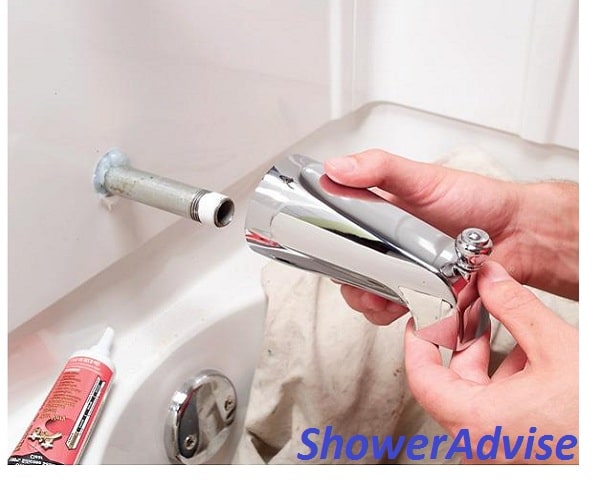
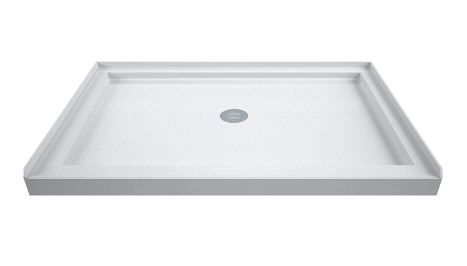
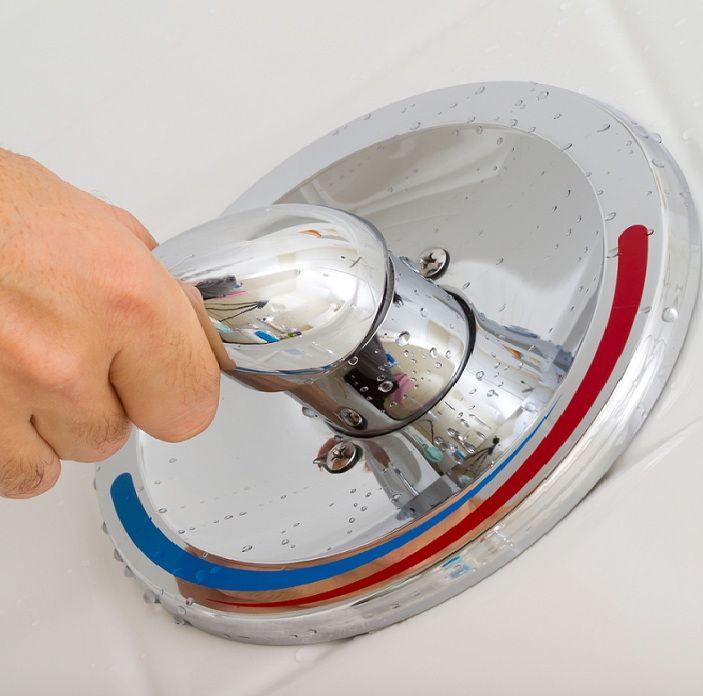
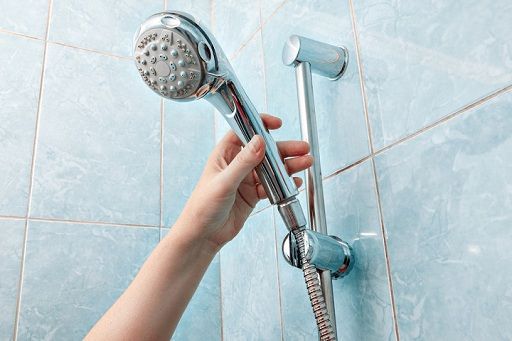
Very informative. Great job 👍
Thank you…